What Causes Coral Bleaching?
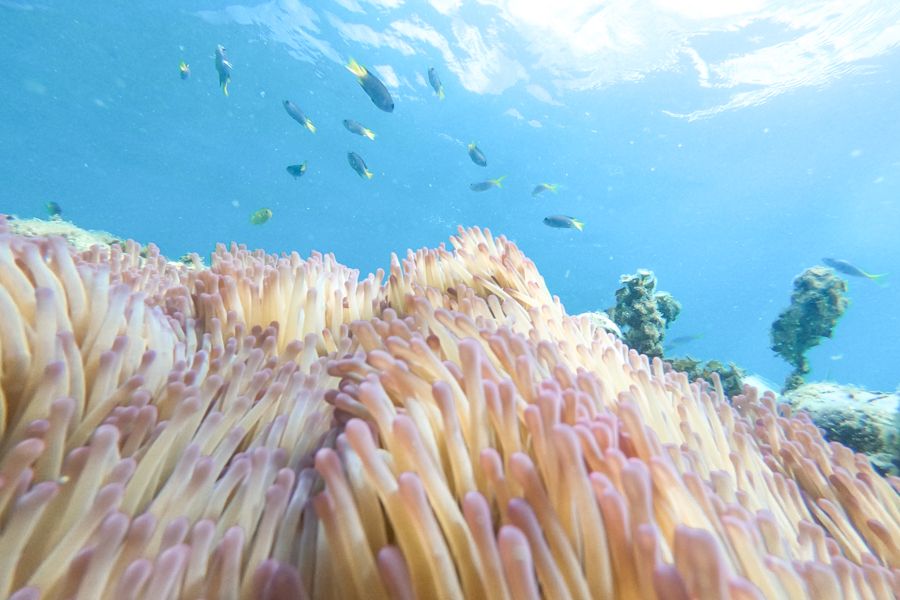
The leading cause of coral bleaching on the Great Barrier Reef is climate change, followed by cyclones and ocean acidification. Though there are several leading phenomena to point the finger of blame at, humanity lays claim to the biggest piece of the pie with most contributing factors being by-products of our planet-destroying twenty-first-century lifestyles. But cyclones are naturally occurring phenomena, I hear you say. This is true, however as human-driven causes continue to complicate the natural way of things we’re experiencing more and more tropical storms on the destructive end of the scale and an overall decrease in smaller cyclones.
Let’s break down and explore some of the reef’s biggest antagonists …
Climate Change
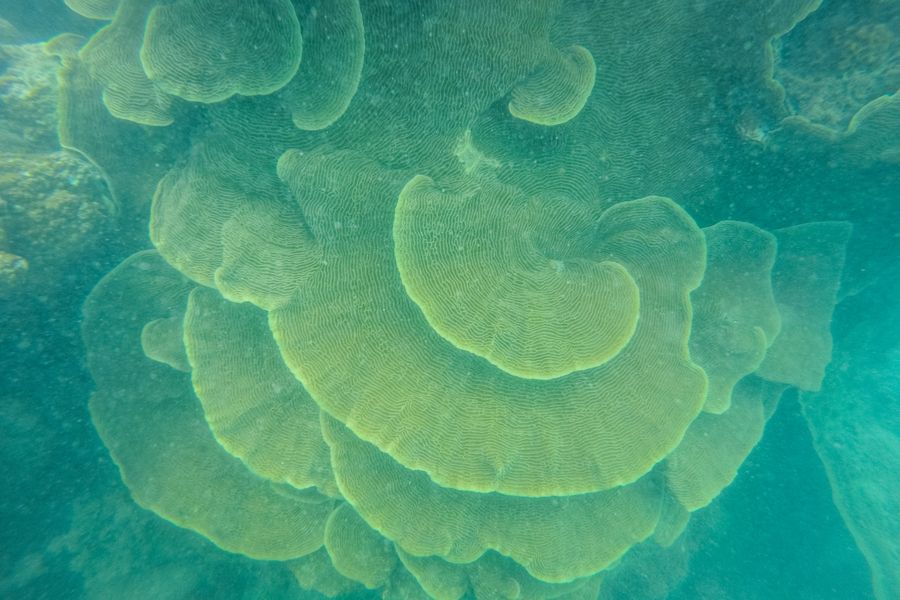
The leading cause of coral bleaching is climate change, which only exacerbates all the already pre-existing factors that have historically posed threats to the reef’s health. In the last 22 years, since 2000, the reef has undergone six major bleaching events. Over 98% of the reef has experienced bleaching since 1998, and 80% has suffered extreme bleaching since 2016. You don’t have to be good with numbers to find this data alarming. And this doesn’t necessarily mean the reef is dead — not yet anyway — but with bleaching events becoming more and more frequent, reefs have less and less time to heal and recover between bleachings. On average, it takes between nine and twelve years for a reef to recover from bleaching — and that’s without an encounter with the myriad of other threats.
Cyclones
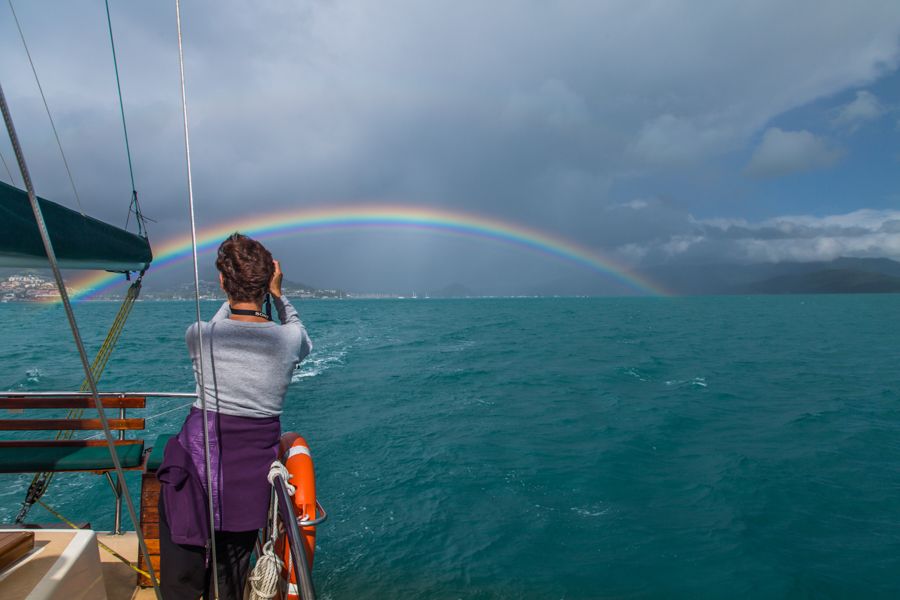
Cyclones have wrought havoc on reefs long before climate change entered the chat, however, climate change has, of course, majorly influenced their frequency and scale. The BOM (Bureau of Meteorology), case in point, predicted an above-average number of tropical cyclones in Far North Queensland over the November 2022 to April 2023 period (the average amount is approximately four tropical cyclones per storm season). We categorise cyclones as having consistent winds of up to or — more increasingly — over 63 kilometres per hour.
These winds can cause as much damage below the surface of the ocean as they inflict above it, reducing entire coral gardens to mere rubble. The winds whip up boisterous and destructive waves that come crashing down on coral reefs, ripping delicate structures from their beds and pulverising large areas into a graveyard of underwater detritus. Similar to the recovery time for a bleached reef, it can take corals up to a decade to return to some semblance of their former glory.
Ocean Acidification
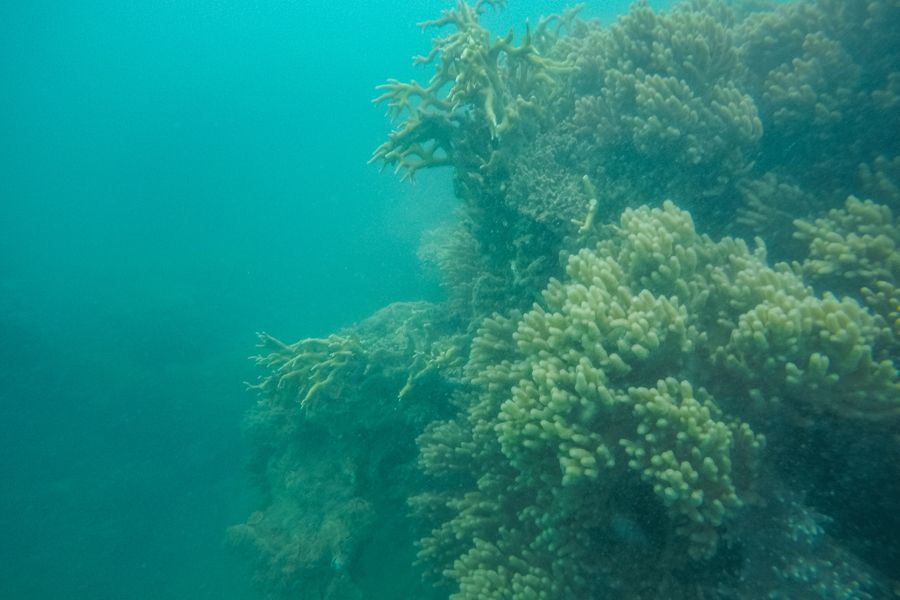
Consider the ocean’s increasing acidity as an enemy to algae and consider algae as an essential bestie to coral. Ocean acidification is the result of mass amounts of carbon dioxide (CO?) dissolving in the waters, thus throwing the ocean’s pH levels out of whack. So, what’s the beef between corals and acidification? As corals rely on algae’s photosynthesis processes as a source of food, when the water becomes too acidic for algae, the corals lose their major food group.
Another major factor in the acidification of the Great Barrier Reef is the runoff from the 34 rivers that feed into it. 34 rivers are a lot and all the soil, sediment, fertilisers, and microplastics that they account for amount to an estimated 17 million tonnes of runoff flushing into the Great Barrier Reef every year. This influx of runoff only exacerbates acidification, especially on reefs close to the mainland. Corals become shrouded in sediment and sticky muck, which smothers the life-giving polyps and algae, inhibiting the process of photosynthesis. No light, no algae. Until the waters become clear or balanced again, the corals will be left naked and exposed to disease and starvation. And corals aren’t the only sea creatures that rely on a balanced pH system to survive, crustaceans like clams, crabs, and mussels also depend on it for healthy shell growth.
Can the Great Barrier Reef Be Saved?

None of the above paints a particularly positive future for the reef, but rest assured: the reef is not dead ... yet. Despite all this doom and gloom, we hold onto hope. Hope that the human race (from governments and major corporations to the everyday individual) still cares enough to save one of the world's most precious wonders from demise. We've identified the source of suffering, now let's dive into some solutions.
In a world where the likelihood of stabilising rising temperatures is becoming increasingly idealistic and improbable (experts maintain that even if we can prevent warming of 1.5°C, 90% of tropical reef systems will be severely affected), solutions need to be equally distributed amongst preventative and adaptive measures. Meaning that whilst we should still be striving to lower our global greenhouse gas emissions, we should also be investing more funding and research into how we can help reef systems adapt to the inevitability of rising temperatures.
Current reef restoration methods are painstakingly delicate, requiring the deft touch of human hands. Coral harvesting, for instance, involves divers collecting small, finger-length coral fragments from reefs affected by hurricanes which are then taken to a boat or pontoon where they're individually zip-tied to a steel frame called a 'reef star'. The reef star is then lowered into an underwater nursery until it is developed enough to be planted on a reef in need.
However, the federal government's Reef Restoration and Adaption Program is overseeing the research and development of more scientifically and technologically advanced interventions that could be applied at larger and more advantageous scales.
One of the more successful methods under development with the Reef Restoration and Adaption Program is the modification and distribution of more heat-tolerant corals. In layman's terms, researchers have gathered a collection of coral species that are better equipped to handle warmer sea temperatures and accelerated their natural adaption process so that they can handle even warmer waters. Reefs in need would then be seeded and repopulated with these advanced corals, said to be able to handle up to eight weeks of marine heatwaves.
How Can You Play Your Part?
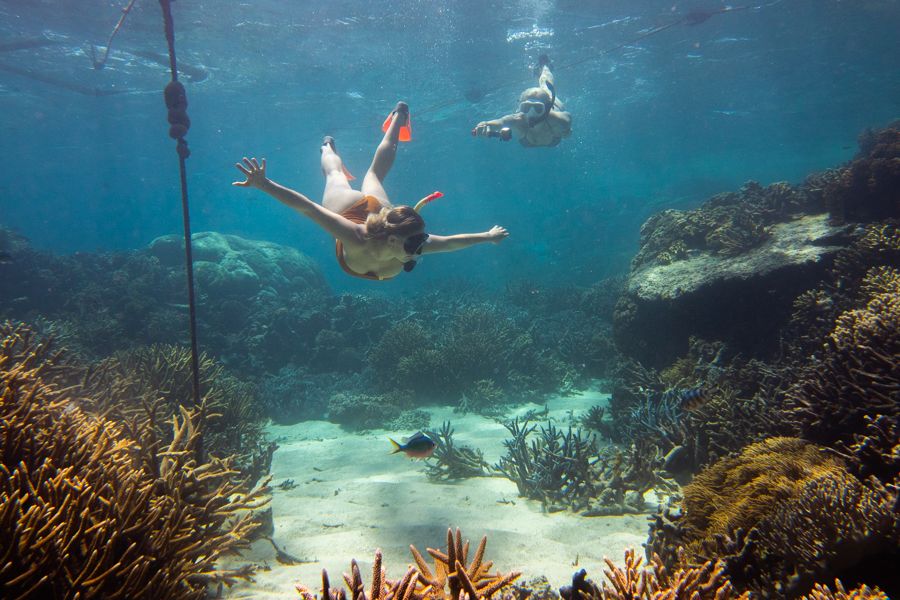
Everybody has a part to play in saving the Great Barrier Reef for generations to come. The best thing you can do is visit. Go diving and snorkelling through the majestic underwater wonderlands, fall in love, take photos, and share your experience with others! The more people who feel an attachment to the reef, the better.
And we can all do our part at home by reducing, reusing, and recycling, minimising our use of harmful fertilisers, opting for greener modes of transport when possible, and conserving energy use.













